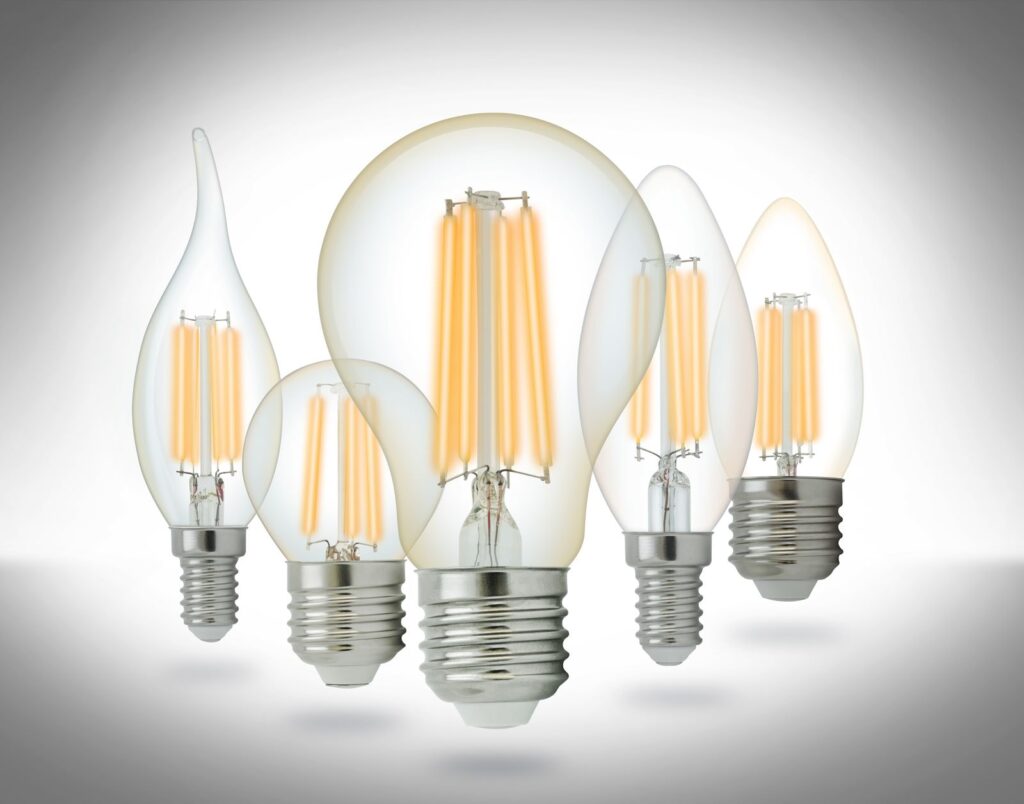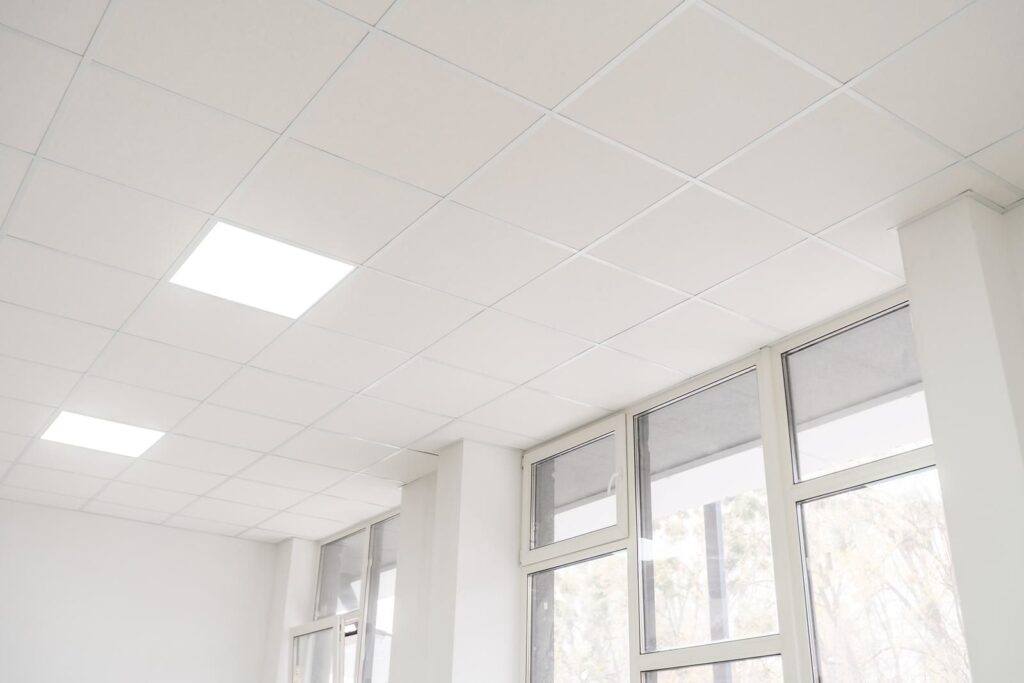Light weaves into the fabric of our daily existence, moulding our moments and defining the spaces we inhabit. Examining this, research reveals that more than 70% of the information we absorb is filtered through the lens of sight.
This intrinsic need for light takes centre stage in workplaces, where the dance of illumination becomes vital for both function and well-being. It’s not just about seeing clearly; it’s about orchestrating an environment that amplifies productivity and ensures safety. In Australian workplaces, proper lighting carries an undeniable significance. It goes beyond mere practicality, adding strokes of aesthetic charm to commercial spaces.
When pondering lighting solutions for your home or business in the Australian region, the presence of a skilled electrician becomes a linchpin. Whether you’re in Sydney, Melbourne, or Brisbane, the choice of the right electrician becomes a compass, guiding your lighting system to align seamlessly with Australian standards and regulations.
Roles of Appropriate Lighting in the Workplace
Enhanced Productivity:
Proper lighting is a cornerstone for fostering a productive work environment. Since adequate visibility reduces eye strain, it assists employees to focus on tasks with precision. Therefore, a well-lit workplace will promote employee health, vitality, and a heightened level of engagement. Beyond these tangible benefits, optimal lighting fosters creativity and analytical thinking, empowering employees to generate innovative ideas that streamline processes and enhance efficiency.
Preventing Light-Related Illnesses:
Inadequate lighting within a workplace extends beyond just visual discomfort, posing a host of other potential health issues that can significantly impact employee well-being and overall productivity. Understanding the multifaceted implications of insufficient lighting is crucial for creating a work environment that prioritises the health and performance of its workforce.
Reducing Eye Strain and Headaches:
A primary consequence of poor lighting is eye strain. This condition arises when the eyes are forced to work harder than necessary to perceive objects. Dim or uneven lighting can cause the eyes to constantly adjust, leading to discomfort, fatigue, and headaches. Over time, persistent eye strain can contribute to more severe vision-related problems, affecting employees’ overall efficiency and comfort in visually demanding tasks.
Avoid Musculoskeletal Problems:
Prolonged exposure to inadequate lighting conditions can manifest in musculoskeletal problems, notably in the shoulders, neck, and back. In an attempt to compensate for poor visibility, employees may unconsciously adopt awkward postures or strain their bodies to read or work comfortably.
This can result in the gradual development of chronic discomfort and pain in the upper body, impacting employee mobility, work efficiency, and overall workplace morale.
Impact on Mental Health:
The connection between lighting and mental health should not be overlooked. Suboptimal lighting can contribute to stress, fatigue, and overall employee dissatisfaction.
Also, persistent exposure to poor lighting conditions may even exacerbate pre-existing mental health issues, leading to reduced concentration, heightened stress levels, and a decline in overall job satisfaction.
Reduced Workforce Productivity:
A workforce grappling with light-related health issues will most likely experience a productivity decline. Employees who are physically uncomfortable due to poor lighting may find it challenging to concentrate on tasks, leading to errors, delays, and an overall decrease in work output.
Therefore, the cumulative effect of reduced productivity can have long-term implications for an organisation’s success, making the prevention of light-related illnesses much more important.
Reducing the Risks:
Addressing light-related health issues means taking a proactive approach. Employers should prioritise lighting solutions that eliminate glare, provide uniform illumination, and accommodate individual visual needs.
Regular eye check-ups for employees can also identify early signs of vision problems related to lighting conditions. Also, ergonomic assessments and workplace design considerations can help minimise musculoskeletal issues that may arise from poor visibility.
Acknowledging and addressing the risks associated with inadequate lighting is paramount to pursuing a healthy and productive work environment.
And by investing in lighting solutions that prioritise visual comfort and overall well-being, organisations safeguard the health of their workforce and create an environment conducive to sustained productivity and job satisfaction.
A well-lit workplace is not merely about illumination; it’s an investment in the health, happiness, and success of the individuals who contribute to the organisation’s growth.
Accident Prevention:
Poorly lit workplaces can pose inherent risks, with employees facing potential injuries from slips and falls.
Additionally, the mishandling of materials and equipment due to inadequate visibility also contributes to workplace accidents. So investing in proper lighting not only safeguards the well-being of employees but also minimises the financial implications associated with accidents.
Mood and Energy Management
Recognising the profound impact of lighting on the emotional well-being of individuals is crucial for creating a workplace environment that fosters positive moods and sustained energy levels.
Since inadequate or subpar lighting not only affects the physical health of employees, it also plays a pivotal role in shaping their emotional well-being
Combatting Depression and Lethargy:
Poor-quality lighting has been linked to an increased risk of depression and feelings of lethargy among employees. Dim, flickering, or overly harsh lighting can create a gloomy atmosphere, impacting individuals’ mood and motivation. To counteract this, skilled electricians can design lighting setups that emulate natural light, providing a more uplifting and vibrant environment. Incorporating warmer tones during specific times of the day can mimic the changing hues of sunlight, positively influencing circadian rhythms and mitigating feelings of depression.
Promoting Positive Atmosphere:
Well-designed lighting schemes have the power to transform the workplace atmosphere. A professional electrician can strategically position light fixtures to create focal points, emphasise architectural elements, and enhance the overall aesthetics of the space.
Therefore, the use of dynamic lighting allows for adjustable brightness and colour temperature, which enables employees to personalise their immediate surroundings, fostering a sense of control and comfort. This adaptability contributes to a positive atmosphere, influencing employee satisfaction and well-being.
Boosting Energy Levels:
Beyond preventing negative emotional states, an electrical professional can play a pivotal role in elevating energy levels within the workplace. Intelligently designed lighting can mimic the natural progression of daylight, helping regulate the body’s internal clock and combatting feelings of fatigue.
Task-specific lighting, such as brighter illumination in work zones, can enhance alertness and focus.
Smart lighting systems, programmable to align with the natural circadian rhythm, ensure that employees are exposed to appropriate light levels throughout the day, promoting sustained energy and productivity. Here, we look deeper into how an electrical professional can contribute to enhancing mood and energy management through strategic lighting solutions.
Customised Lighting Solutions:
Every workplace is unique, and an experienced electrician understands the importance of tailoring lighting solutions to meet specific needs. Whether it’s adjusting the colour temperature to create a warm and inviting break area or installing ambient lighting to enhance collaborative spaces, an electrical professional can assess the layout and purpose of each area to provide customised solutions that contribute to a positive and energising work environment.

Integration of Technology and Design:
Technological advancements in lighting, such as smart bulbs, LED and automated systems, offer innovative ways to manage mood and energy. An electrician well-versed in these technologies can integrate them seamlessly into the workplace, allowing for dynamic control over lighting conditions.
Incorporating circadian lighting systems that adjust throughout the day ensures that the workspace aligns with natural rhythms, positively impacting mood and energy levels.
Collaborating with a skilled electrical professional is indispensable in pursuing an emotionally uplifting and energised workplace. From designing lighting setups that combat depression to implementing dynamic systems that enhance energy levels, an experienced electrician brings a wealth of knowledge to illuminate the path toward a positive and productive work environment.
By leveraging the intersection of technology and design, businesses can create spaces that meet functional needs and nurture their workforce’s emotional well-being.
Choosing the Right Lighting Solution: A Strategic Decision for Workplace Excellence
Selecting the right commercial electrician in Australia is crucial for creating an adequate lighting system in your office, workshop, or industry. This choice goes beyond just providing light; it influences safety, productivity, and the overall atmosphere of your workspace. Here’s a straightforward guide to help you make the best decision:
Licenses and Qualifications:
Make sure the electrician is licensed and has the right qualifications. This ensures they follow safety standards and industry best practices.
Industry Experience:
Look for an electrician with experience in projects similar to yours. Their past work shows they understand the unique needs of different workplaces.
Cost Considerations:
Consider the cost, but don’t let it be the only factor. A good electrician will be transparent about their pricing and provide value for the services they offer.
Technology Integration:
Check if the electrician is up-to-date with the latest lighting technology. This includes energy-efficient options and smart controls. Using modern technology can make your lighting system more efficient and adaptable.
Customisation and Design Expertise:
Your workplace is unique, so your lighting solution should be, too. A skilled electrician will consider your space’s layout and design to create a lighting setup that suits your needs.
Collaborate for a Brighter Future:
Working with a skilled electrician is an investment in your workplace’s health and productivity. By considering licenses, experience, cost, and technology, you can make an informed decision that meets Australian standards. Choose an electrician who not only lights up your space but also brightens the path to a safer and more vibrant workplace. Make wise choices for a workplace that shines with excellence and innovation.

Conclusion: Guiding Your Workplace to Brilliance
In the intricate dance of workplace dynamics, proper lighting emerges as a silent yet powerful influencer, impacting productivity and employee well-being. The role of a skilled electrician in Australia is pivotal, transcending technicalities to shape the essence of the workplace. The guide to choosing the right lighting solution, focusing on licenses, experience, cost, and technology, is a compass for decision-making.
From addressing physical tolls to enhancing emotional climates, collaborating with a seasoned electrician becomes an investment in the workforce’s health and success. The fusion of technology and design opens avenues for innovation, offering tailored solutions to workplace needs.
As we illuminate the path to workplace excellence, decisions regarding lighting solutions should reflect a commitment to functionality and well-being. A well-lit workplace becomes a beacon of excellence, where productivity thrives and the workforce flourishes. Illuminate wisely for a brighter, safer workplace—a symbolic step toward a healthier, happier, and more productive future.


